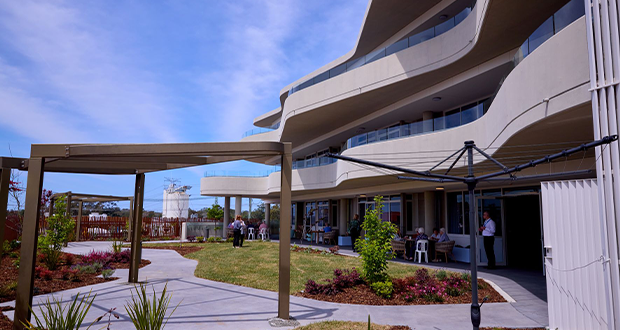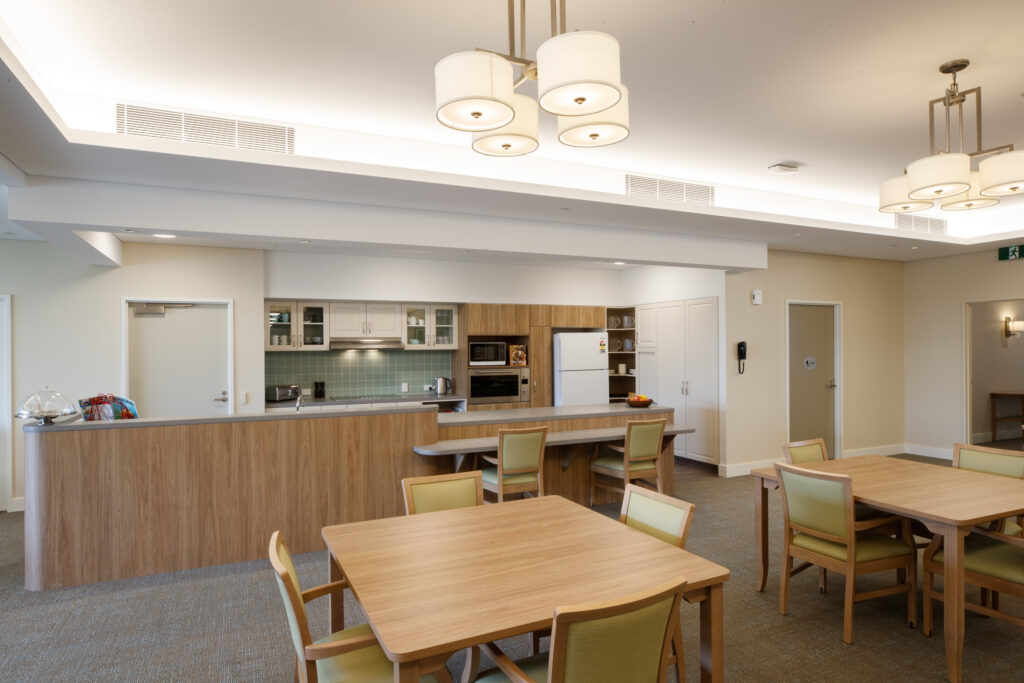New draft aged care design principles and guidelines were released to make aged care homes less clinical and more community-oriented.
In response to the royal commission, the Albanese Government released the final draft of the National Aged Care Design Principles and Guidelines, which encouraged flexibility and innovation in accommodation design and supported providers in creating environments that promote independence, function, and enjoyment.
Aged care minister Anika Wells has called for feedback on the draft from older people, providers, design experts, and those involved in construction and refurbishment projects in aged care homes.
“Accommodation that is more homely and less clinical provides familiar environments for older people – and a sense of belonging,” Ms Wells said.
“Your feedback will ensure the Principles and Guidelines provide a comprehensive, evidence-based resource to guide accommodation design and put quality and dignity back into aged care.”
“The Principles and Guidelines will explain how to make simple changes that can positively impact residents and staff – for example, floor coverings in solid colours with matte finishes can reduce confusion.”
The draft contains four principles – enable the person, cultivate a home, access the outdoors, and connect with the community.
The 63-page document also included examples of spaces to avoid clinical appearances, such as kitchen areas at a domestic scale and easy access to the outside.
HammondCare’s Miranda facility in southern Sydney was a textbook example of the design guidelines.
Angela Raguz, HammondCare’s general manager, said the draft was welcome – especially for small household models of care.
“HammondCare pioneered its first small household, or cottage-style, residential aged care service at The Meadows in 1995,” Ms Raguz told Aged Care Insite.
“A relationship-based model of care supports the cottage model and is about enablement and quality of life, especially for residents living with dementia.”
“Our cottage model offers accommodation in a small, domestic, and familiar environment with safe access to the outdoors.”
The HammondCare Miranda home had all the equipment required for clinical care hidden behind closed doors, so the facility does not feel “clinical-like”.
A fully functional household kitchen was at the centre of each apartment, where staff prepared meals, and residents could choose to pitch in.
Design principles prioritising dementia-friendly features, such as shorter corridors, contrasting colours, and colour-coded taps, enhanced the comfort and navigation of the homes for residents with cognitive impairments.
“There are no dead ends and minimal locked doors,” Ms Raguz said.
Ms Raguz said the cottage model greatly benefitted not only the residents but the staff working as well.
“Research has found that clustered small household models of care had better quality of life, lower hospitalisation rates, and lower emergency department presentation rates.”
“The model has considerable workforce benefits, including lower-than-average staff attrition and high levels of employee engagement as measured through organisation climate and culture studies.”
“Empowered care workers contribute to innovation and ideas that tailor better care.”
Do you have an idea for a story?Email [email protected]
 Aged Care Insite Australia's number one aged care news source
Aged Care Insite Australia's number one aged care news source


